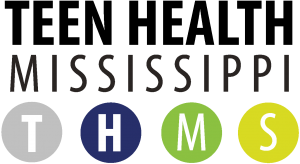Foundations aims to ensure that educators are equipped with the skills needed to effectively facilitate student learning, create safe and inclusive classroom environments and provide opportunities for meaningful skill-building and values exploration, regardless of the specific curriculum they teach. Training topics include:
Creating a Safe and Inclusive Classroom EnvironmentEffectively Facilitate Student LearningValues Exploration, Self-Disclosure & Answering Sensitive Questions
Additional half day trainings that can be added to the above trainings:
Facilitation Skills for Common Sex Education StrategiesCultural Proficiency in Sex EducationLGBTQ Inclusive Sex EducationA Trauma-Informed Approach to Sex Education


